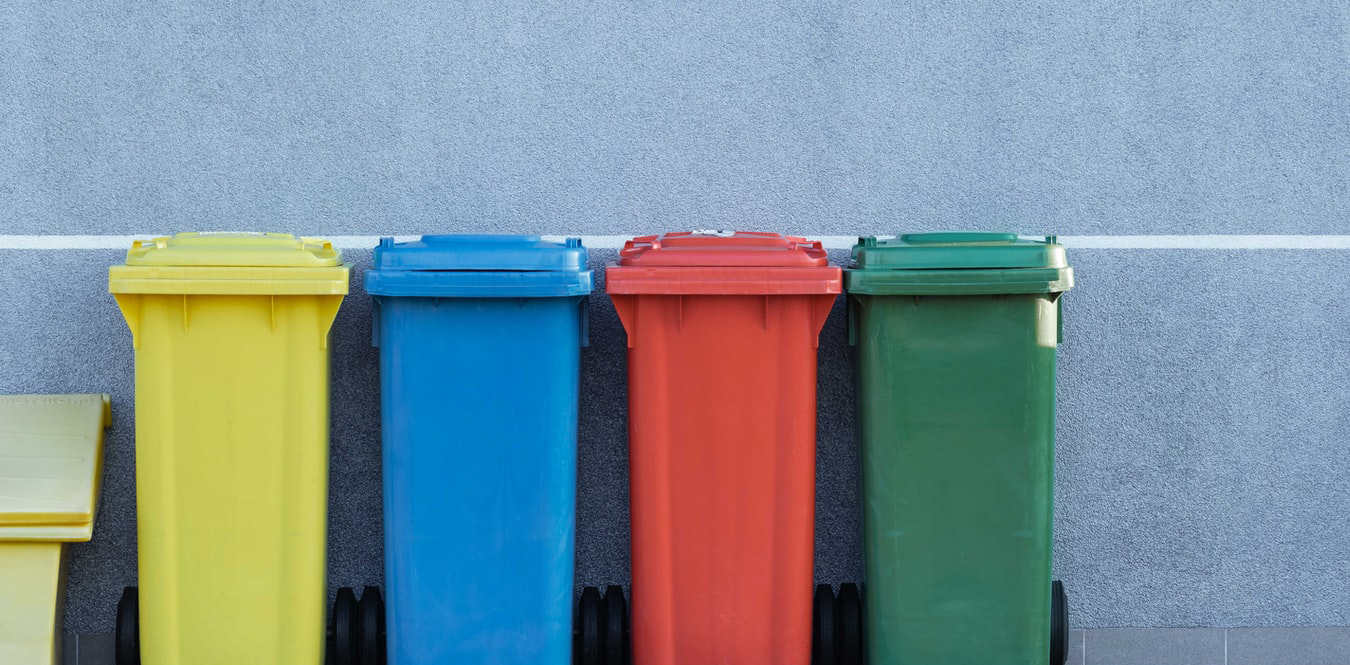GOAL 12
Responsible consumption and production
The world today is facing a lot of problems. Some of them are global warming, hunger, waste, and the tomorrow's problem of overpopulation. Fortunately, throwing away less food can combat all those three problems at once. If less food if being throw away, less food can be produced, and more people can be fed. Furthermore, temporary waste storages could be used for waste like plastic or other materials. (UN, 2020)
Today an average Norwegian citizen is wasting 42.6 kilograms of food each year. The whole nation in total is wasting almost 222 million kilograms of food. That is enough to feed 900,000 people. On a greater scale we could feed all 800 million starving people if all the first world countries would reduce their food waste by 83%. (WHO, 2019)
Not only is saving food combating CO2 emissions, hunger and waste problem, but it is also saving you money. If you would reduce the amount of food you are wasting by 50 %, you would save yourself 10,000kr. On the other, if you would reduce it by 100 % you would save yourself 20,000kr which is enough money for a nice trip somewhere. (DinSide, 2018)



